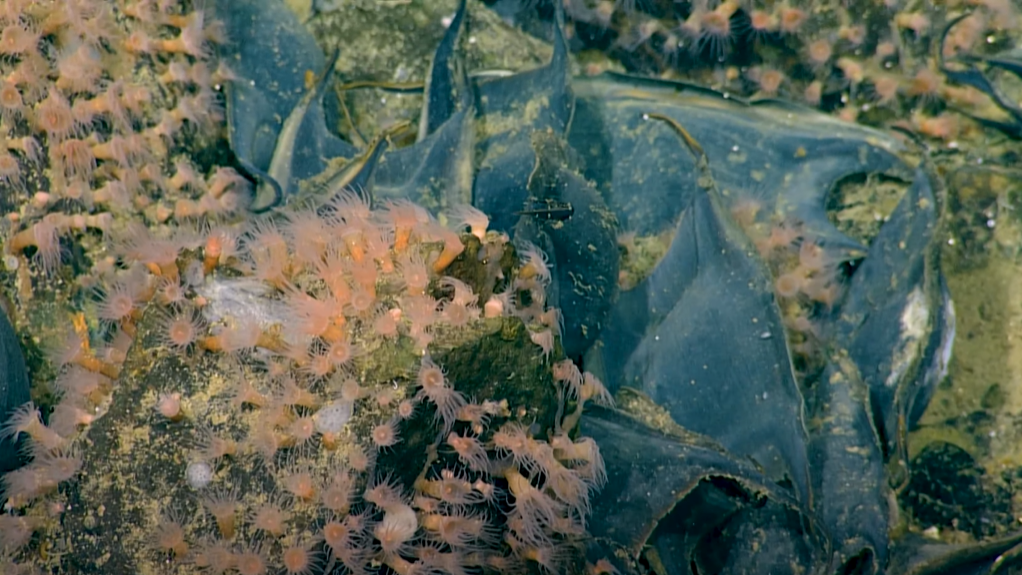In an exciting breakthrough, scientists from Fisheries and Oceans Canada made an unexpected discovery off the coast of Vancouver Island—thousands of giant, living eggs at the summit of an active underwater volcano. This remarkable find not only changes our understanding of this remote region but also reveals how volcanic heat can be harnessed by marine life in extraordinary ways.
A New Understanding of an Active Volcanic Environment
For years, researchers had assumed the underwater volcano near Vancouver Island was dormant. The surrounding waters were considered too cold and lifeless to support much marine activity. However, during a 2019 expedition led by marine biologist Cherisse Du Preez, the team uncovered something completely different.
The volcano, it turns out, is still active, and it is providing an unlikely habitat for a surprising range of marine life. This discovery upended previous assumptions and painted a new picture of the volcano as a vibrant geothermal ecosystem, rich with life.


The Mystery of the Giant Eggs
Among the most surprising elements of the expedition was the discovery of giant eggs belonging to the Pacific white skate—an elusive deep-sea species. These eggs, measuring nearly 1.5 feet across, are known for their distinct purse-like shape, earning them the nickname “mermaid purses”.


What makes this find even more remarkable is that the eggs were alive. Unlike fossilized eggs found in other locations, which are often millions of years old, these eggs were still developing, suggesting that volcanic heat plays a critical role in their incubation.
Harnessing Volcanic Heat for Survival
So, how do these giant eggs survive in such an inhospitable environment? The key lies in the geothermal heat provided by the volcano. The Pacific white skate, scientifically known as Bathyraja spinosissima, is typically found in much colder waters, ranging from 2,600 to 9,500 feet (2.9 km) deep. Female skates produce large eggs, which require a significant amount of energy to develop. In these cold environments, the eggs usually take about four years to mature.
However, the warm, mineral-rich water around the volcano acts as a natural incubator, speeding up the development process and ensuring the survival of the young skates. Cherisse Du Preez described the summit of the volcano as “almost a coral garden and a safe nursery for juveniles,” further emphasizing how crucial this geothermal heat is for the survival of the species.
A Volcanic Nursery for Deep-Sea Species
This discovery isn’t an isolated event. In fact, similar behavior has been observed in other volcanic environments. In 2018, scientists studying the Galápagos Islands found smaller eggs incubated near hydrothermal vents. While the eggs in the Galápagos were much smaller than those discovered near Vancouver Island, the overall idea was the same: deep-sea species use volcanic heat to incubate their eggs, taking advantage of these extreme environments to ensure their offspring’s survival.
The large size of the eggs found at the Vancouver Island site suggests that the volcanic heat plays an even more significant role in their development compared to smaller species. This finding opens up new avenues for research into how deep-sea organisms adapt to such extreme conditions and highlights the importance of geothermal environments in sustaining marine biodiversity.
As the team plans further exploration and continues to monitor the volcanic ecosystem, the hope is to learn more about how these environments contribute to the survival and growth of species that would otherwise struggle in the cold depths of the ocean.


